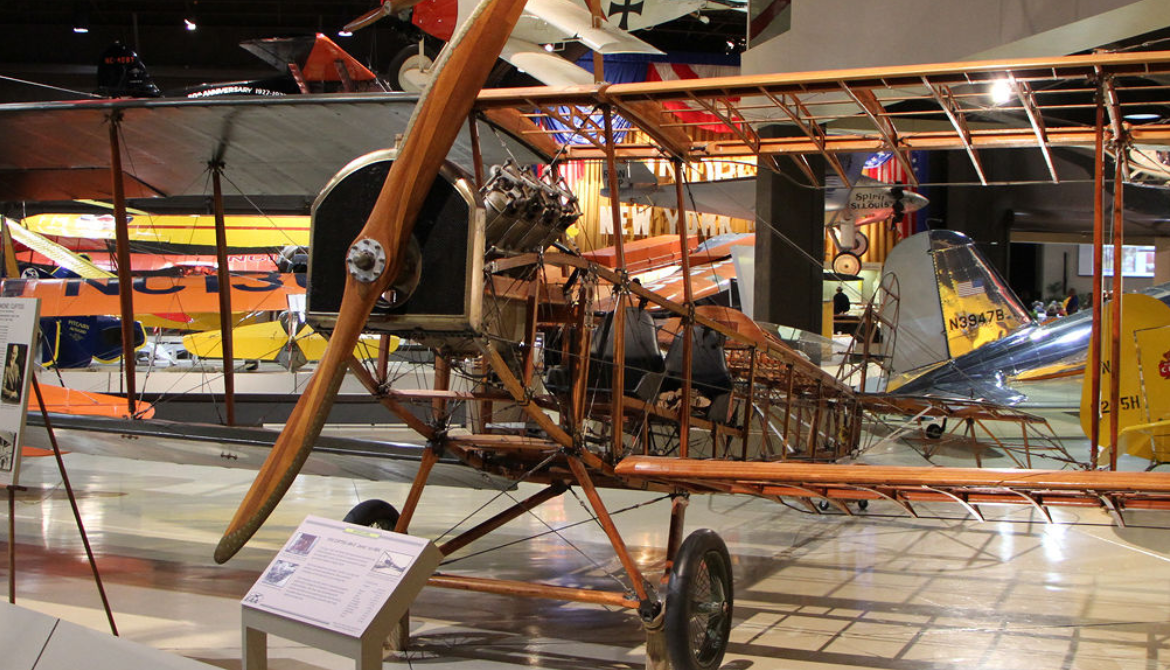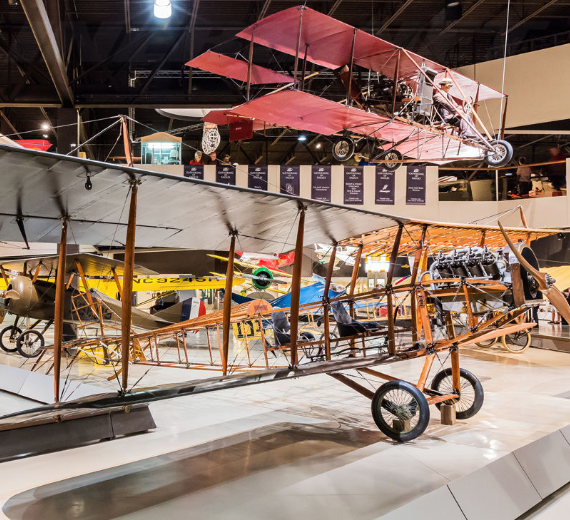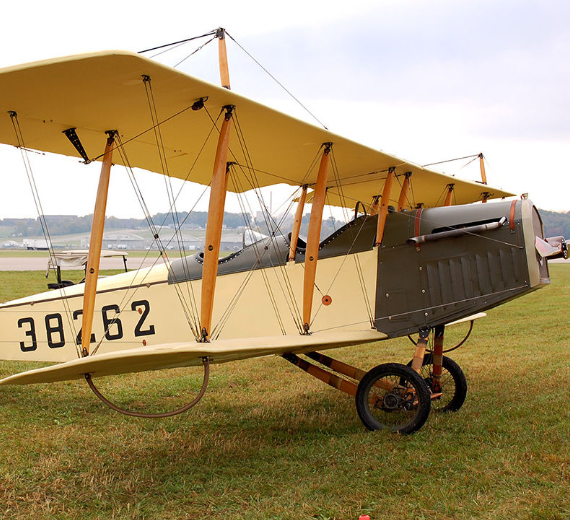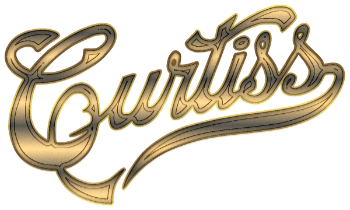.
History Curtiss Wright
Curtiss JN "Jenny" Introduction 1915 Retired 1927

The Curtiss JN "Jenny" was a series of biplanes built by the Curtiss Aeroplane Company of Hammondsport, New York, later the Curtiss Aeroplane and Motor Company. Although the Curtiss JN series was originally produced as a training aircraft for the US Army, the "Jenny" (the common nickname derived from "JN") continued after World War I as a civilian aircraft, as it became the "backbone of American postwar civil aviation". Thousands of surplus Jennys were sold at bargain prices to private owners in the years after the war, and became central to the barnstorming era that helped awaken the US to civil aviation through much of the 1920s
Curtiss combined the best features of the model J and model N trainers, built for the US Army and US Navy, and began producing the JN or "Jenny" series of aircraft in 1915.[3] Curtiss built only a limited number of the JN-1 and JN-2 biplanes. The design was commissioned by Glenn Curtiss from Englishman Benjamin Douglas Thomas, formerly of the Sopwith Aviation Company.
Design and development
Curtiss combined the best features of the model J and model N trainers, built for the US Army and US Navy, and began producing the JN or "Jenny" series of aircraft in 1915. Curtiss built only a limited number of the JN-1 and JN-2 biplanes. The design was commissioned by Glenn Curtiss from Englishman Benjamin Douglas Thomas, formerly of the Sopwith Aviation Company.
After the successful deployment of the JN-3, Curtiss produced a development, known as the JN-4, with orders from both the US Army and an order in December 1916 from the Royal Flying Corps for a training aircraft to be based in Canada. The Canadian version, the JN-4 (Canadian), also known as the "Canuck", had some differences from the American version, including a lighter airframe, ailerons on both wings, a bigger and more rounded rudder, and differently shaped wings, stabilizer, and elevators.
As many as 12 JN-4 aircraft were fitted with an aftermarket Sikorsky wing by the then-fledgling company in the late 1920s
Curtiss combined the best features of the model J and model N trainers, built for the US Army and US Navy, and began producing the JN or "Jenny" series of aircraft in 1915. Curtiss built only a limited number of the JN-1 and JN-2 biplanes. The design was commissioned by Glenn Curtiss from Englishman Benjamin Douglas Thomas, formerly of the Sopwith Aviation Company.
The JN-2 was an equal-span biplane with ailerons controlled by a shoulder yoke in the aft cockpit. It was deficient in performance, particularly climbing, because of excessive weight. The improved JN-3 incorporated unequal spans with ailerons only on the upper wings, controlled by a wheel. In addition, a foot bar was added to control the rudder.

0
KmCeiling
0
KmCombat RANGE
0
Km/hAircraft Speed
0
Max Crew
Photo Gallery
Curtiss Wright
Curtiss JN "Jenny" Introduction 1915 Retired 1927


Curtiss Wright
Curtiss JN "Jenny"
Introduction 1915 Retired 1927
General Info
-
-
- Crew: 2
- Length: 27 ft 4 in (8.33 m)
- Wingspan: 43 ft 7+3⁄4 in (13.30 m)
- Height: 9 ft 10+1⁄2 in (3.01 m)
- Wing area: 352 sq ft (32.7 m2)
-
Powerplant
-
- Empty weight: 1,390 lb (630 kg)
- Gross weight: 1,920 lb (871 kg)
- Powerplant: 1 × Curtiss OX-5 V-8 air-cooled piston engine, 90 hp (67 kW)
- Propellers: 2-bladed fixed-pitch propeller
-
Performance
- Maximum speed: 75 mph (121 km/h, 65 kn)
- Cruise speed: 60 mph (97 km/h, 52 kn)
- Service ceiling: 6,500 ft (2,000 m)
- Time to altitude: 2,000 ft (610 m) in 7 minutes 30 seconds
Armament
- None:
Links to Youtube & Others
As the war progressed, a more powerful training aircraft was required, and Curtiss designed the JN-4H to take the new Hispano-Suiza (built by Wright-Martin) 150 hp V8 aviation engine. After World War I.
Curtiss Wright
Curtiss JN "Jenny"
Famously, eight early JN-2 aircraft flew into Mexico with General "Black Jack" Pershing, on the Punitive Expedition against Pancho Villa in 1916-1917.
Youtube Link
Learn all about the Aermacchi MB-339 with Curator of Aviation Eric Boehm.






_dwg-depositphotos-bgremover.png)






